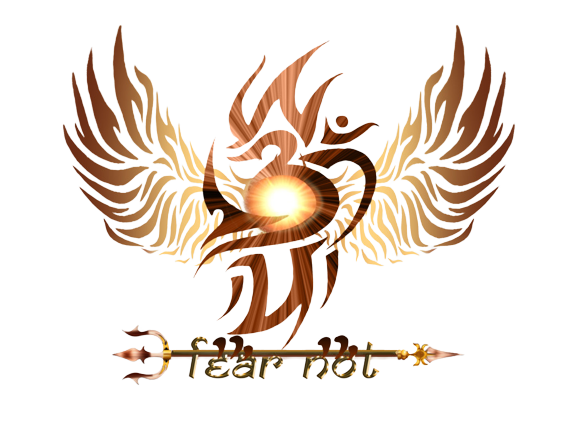Bipolar Disorder
Bipolar Disorder Treatment In Raipur, CG
Bipolar Disorder

DEALING WITH Bipolar Disorder
Bipolar Disorder Overview
Bipolar disorder is a brain disorder that causes changes in a person’s mood, energy, and ability to function. People with bipolar disorder experience intense emotional states that typically occur during distinct periods of days to weeks, called mood episodes. These mood episodes are categorized as manic/hypomanic (abnormally happy or irritable mood) or depressive (sad mood). People with bipolar disorder generally have periods of neutral mood as well. When treated, people with bipolar disorder can lead full and productive lives.
People without bipolar disorder experience mood fluctuations as well. However, these mood changes typically last hours rather than days. Also, these changes are not usually accompanied by the extreme degree of behavior change or difficulty with daily routines and social interactions that people with bipolar disorder demonstrate during mood episodes. Bipolar disorder can disrupt a person’s relationships with loved ones and cause difficulty in working or going to school.
Bipolar disorder is a category that includes three different diagnoses: bipolar I, bipolar II, and cyclothymic disorder.
Bipolar disorder commonly runs in families: 80 to 90 percent of individuals with bipolar disorder have a relative with bipolar disorder or depression. Environmental factors such as stress, sleep disruption, and drugs and alcohol may trigger mood episodes in vulnerable people. Though the specific causes of bipolar disorder within the brain are unclear, an imbalance of brain chemicals is believed to lead to dysregulated brain activity. The average age of onset is 25 years old.
People with bipolar I disorder frequently have other mental disorders such as anxiety disorders, substance use disorders, and/or attention-deficit/hyperactivity disorder (ADHD). The risk of suicide is significantly higher among people with bipolar I disorder than among the general population.
DEALING WITH Bipolar Disorder
Bipolar Disorder Symptoms
There are several types of bipolar and related disorders. They may include mania or hypomania and depression. Symptoms can cause unpredictable changes in mood and behavior, resulting in significant distress and difficulty in life.
- Bipolar I disorder. You’ve had at least one manic episode that may be preceded or followed by hypomanic or major depressive episodes. In some cases, mania may trigger a break from reality (psychosis).
- Bipolar II disorder. You’ve had at least one major depressive episode and at least one hypomanic episode, but you’ve never had a manic episode.
- Cyclothymic disorder. You’ve had at least two years — or one year in children and teenagers — of many periods of hypomania symptoms and periods of depressive symptoms (though less severe than major depression).
- Other types. These include, for example, bipolar and related disorders induced by certain drugs or alcohol or due to a medical condition, such as Cushing’s disease, multiple sclerosis or stroke.
Bipolar II disorder is not a milder form of bipolar I disorder, but a separate diagnosis. While the manic episodes of bipolar I disorder can be severe and dangerous, individuals with bipolar II disorder can be depressed for longer periods, which can cause significant impairment.
Although bipolar disorder can occur at any age, typically it’s diagnosed in the teenage years or early 20s. Symptoms can vary from person to person, and symptoms may vary over time.
DEALING WITH Bipolar Disorder
Bipolar Disorder Diagnosis
To determine if you have bipolar disorder, your evaluation may include:
- Physical exam. Your doctor may do a physical exam and lab tests to identify any medical problems that could be causing your symptoms.
- Psychiatric assessment. Your doctor may refer you to a psychiatrist, who will talk to you about your thoughts, feelings and behavior patterns. You may also fill out a psychological self-assessment or questionnaire. With your permission, family members or close friends may be asked to provide information about your symptoms.
- Mood charting. You may be asked to keep a daily record of your moods, sleep patterns or other factors that could help with diagnosis and finding the right treatment.
- Criteria for bipolar disorder. Your psychiatrist may compare your symptoms with the criteria for bipolar and related disorders in the Diagnostic and Statistical Manual of Mental Disorders (DSM-5), published by the American Psychiatric Association.
DEALING WITH Bipolar Disorder
How is bipolar disorder treated?
Treatment can help many people, including those with the most severe forms of bipolar disorder. An effective treatment plan usually includes a combination of the following therapies:
- Psychotherapy (talk therapy).
- Medications.
- Self-management strategies, like education and identifying the early symptoms of an episode or possible triggers of episodes.
- Helpful lifestyle habits, such as exercise, yoga and meditation. These can support, but not replace, treatment.
- Other therapies, such as electroconvulsive therapy (ECT) in cases that are poorly responsive to medication or where rapid control of symptoms is necessary to prevent harm.
Bipolar disorder is a lifelong condition, so treatment is a lifelong commitment. It can sometimes take several months to years before you and your healthcare provider find a comprehensive treatment plan that works best for you. Although this can be discouraging, it’s important to continue treatment.
Episodes of mania and depression typically come back over time. Between episodes, many people with bipolar disorder don’t have mood changes, but some people may have lingering symptoms. Long-term, continuous treatment can help manage these symptoms.
